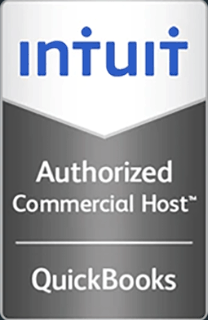What is Infrastructure as a Service?
By Lisa Gecko
In this article we will explore Infrastructure as a Service (IaaS) and what it has to offer organizations looking for cloud-based solutions. Of the three main models in this series, IaaS is the most comprehensive in scope, providing a fully outsourced computing infrastructure environment that is scalable to the fluctuating needs of the client. What IaaS offers companies is the ability to utilize the power of enterprise grade hardware on a pay-as-you-go model, without investing in the initial and expensive servers, security, and cooling systems. Following are some of the more prominent advantages with the IaaS model explained in greater detail.
On demand access to compute, storage and networking resources. This is the dynamic scalability that provides near limitless power that is affordable even for smaller companies looking to move to the cloud. For most businesses, servers and other data center equipment remain idle the majority of the time, yet still have to be powered and cooled. For enterprise grade hardware the cost to maintain operations with up to ninety percent downtime are even more extensive and wasteful. Cloud service providers (CSPs) utilize multi-tenancy to offset these costs on their end, and are able to offer IaaS to their clients in an affordable, scalable package. This on demand model offers substantial savings for organizations that have variable computing needs as most do.
With IaaS there is no need to purchase any expensive high-end hardware. One of the problems facing small to mid-sized businesses (SMBs) is the ability to cover the initial investment in IT infrastructure. Even for larger corporations it is often the staggering cost of equipment required to keep their organizations competitive that tops the list of concerns for CIOs. IaaS eliminates the need for purchasing and inevitably upgrading expensive hardware which replaces these capital expenses for a far more manageable operational expense.
IT resources allocated to the management of data center infrastructure are reduced. CSPs handle all of the hardware management with IaaS which allows client IT resources to be reallocated to other, more productive endeavors. Most IT professionals wear many hats, and are required to handle multiple operations. Outsourcing the responsibilities of maintaining the infrastructure frees up the IT department to focus on other areas.
IaaS provides flexible accessibility. Many organizations today find that their central office is not always the hub of activity. There are more businesses today that require remote access to their data center for employees and third parties than ever. This is a trend likely to continue, and CSPs address this with IaaS. Users will be able to access the infrastructure globally, using any device that can connect to the internet.
CSPs offer exceptional security to accommodate flexible accessibility. Enterprise grade security hardware is part of any IaaS package with upper-tier providers. When considering a CSP for cloud-based solutions it is important for businesses to expect a level of security that they would otherwise not be able to afford. Just as with the enterprise grade compute power, the security hardware is made affordable to the client via multi-tenancy and scalability.
By outsourcing to a vastly improved infrastructure provided on a pay-as-you-go basis, organizations can finally take advantage of the power that cloud-computing provides. IaaS offers companies the ability to utilize enterprise grade hardware without incurring the capital expense that it would require to build in-house. Working in this virtual environment, provides more freedom within the IT department, a partnership with CSP professionals, and a safer, accessible infrastructure to work with from anywhere in the world.





